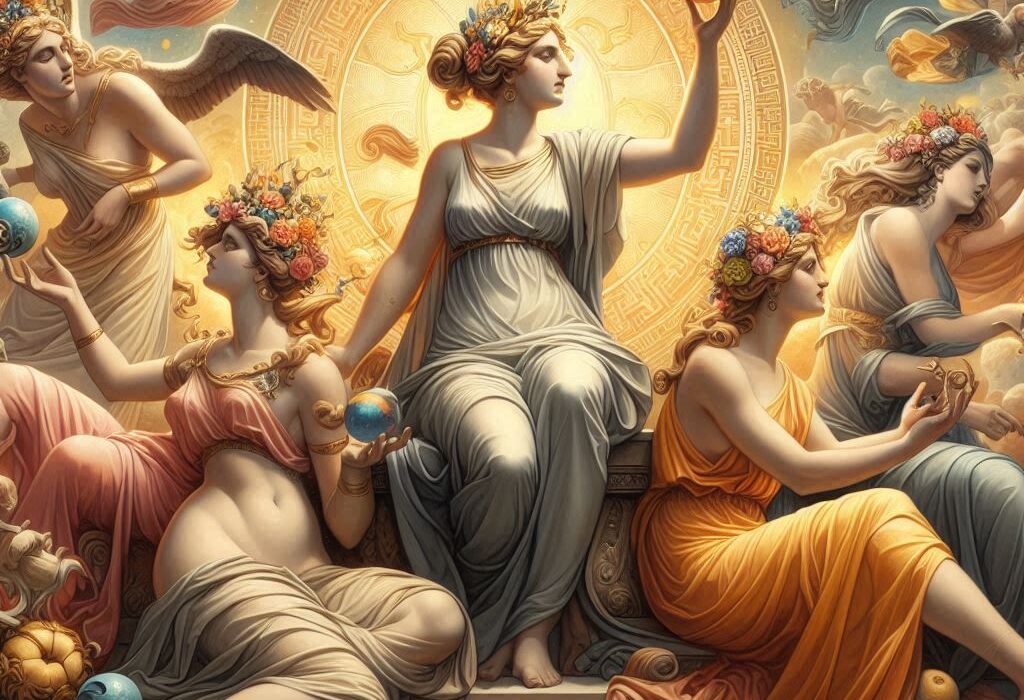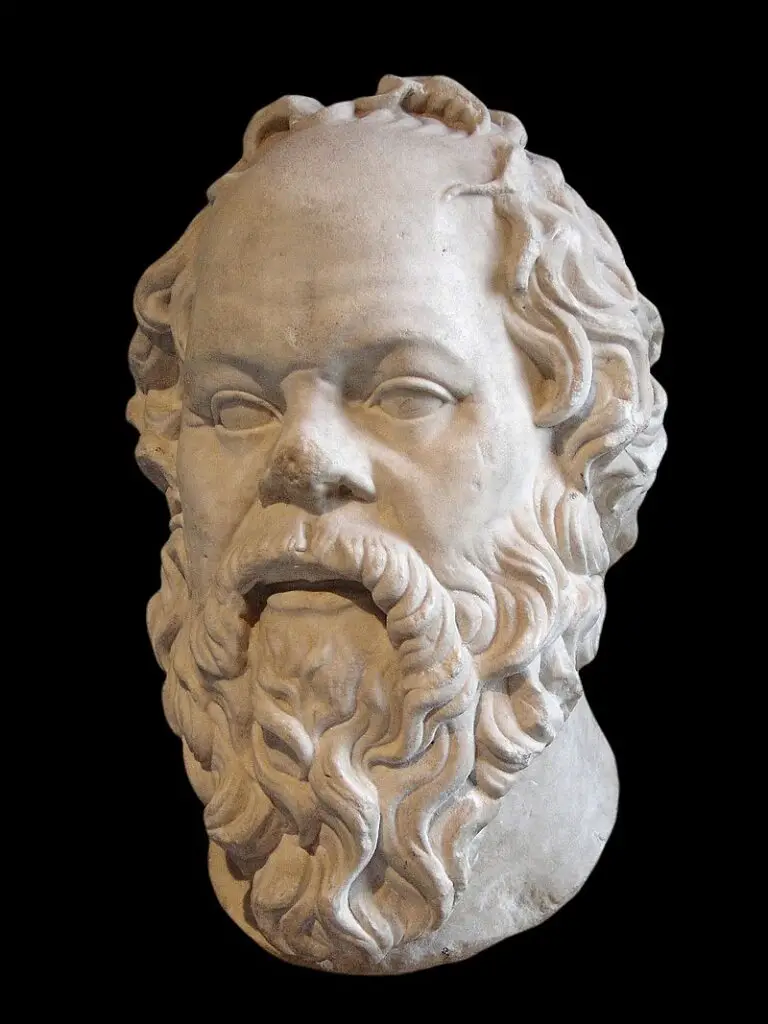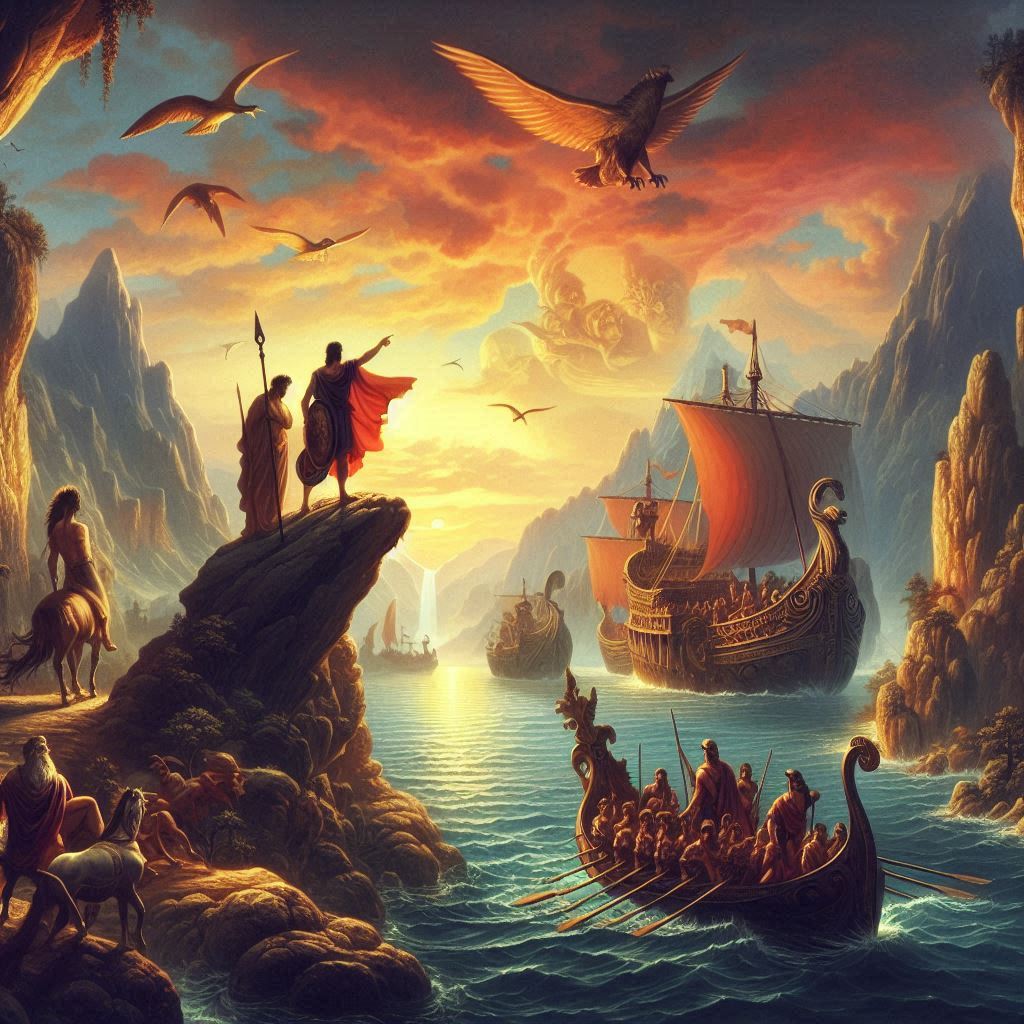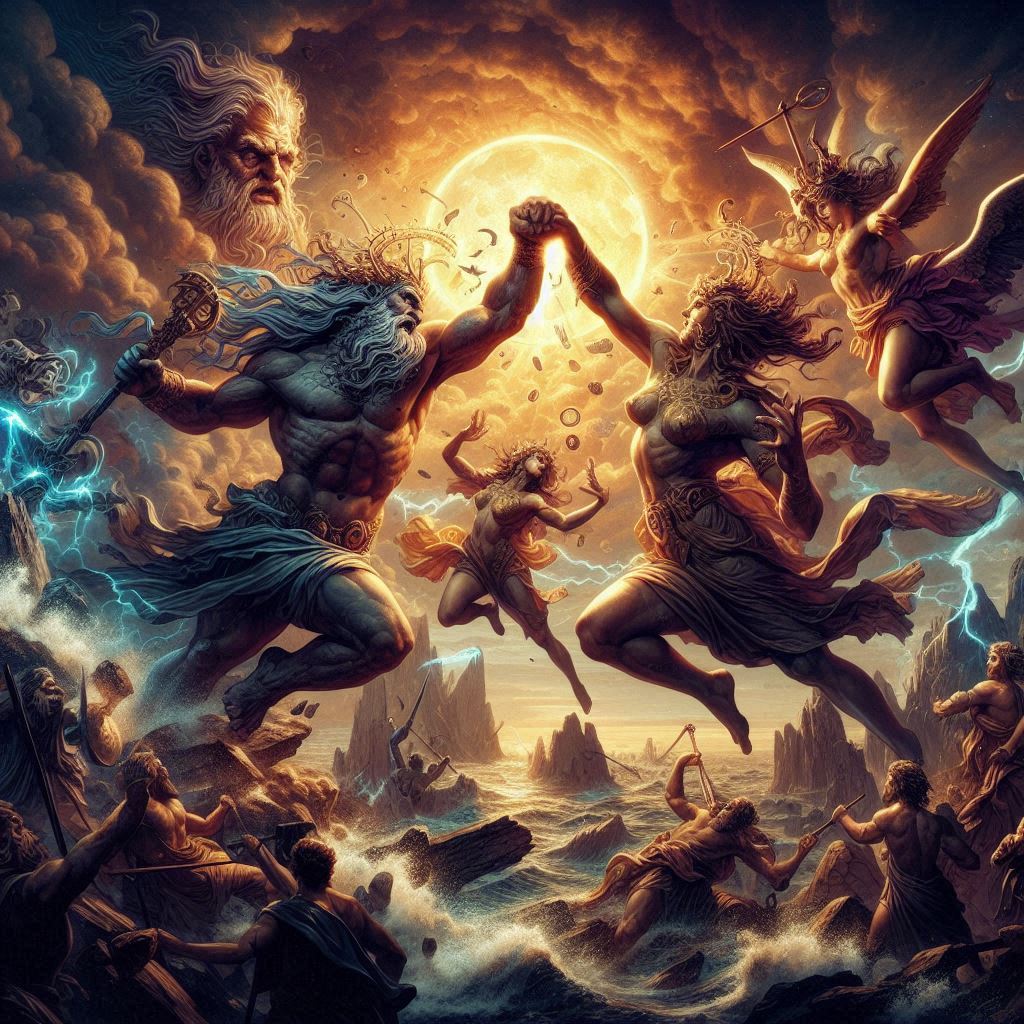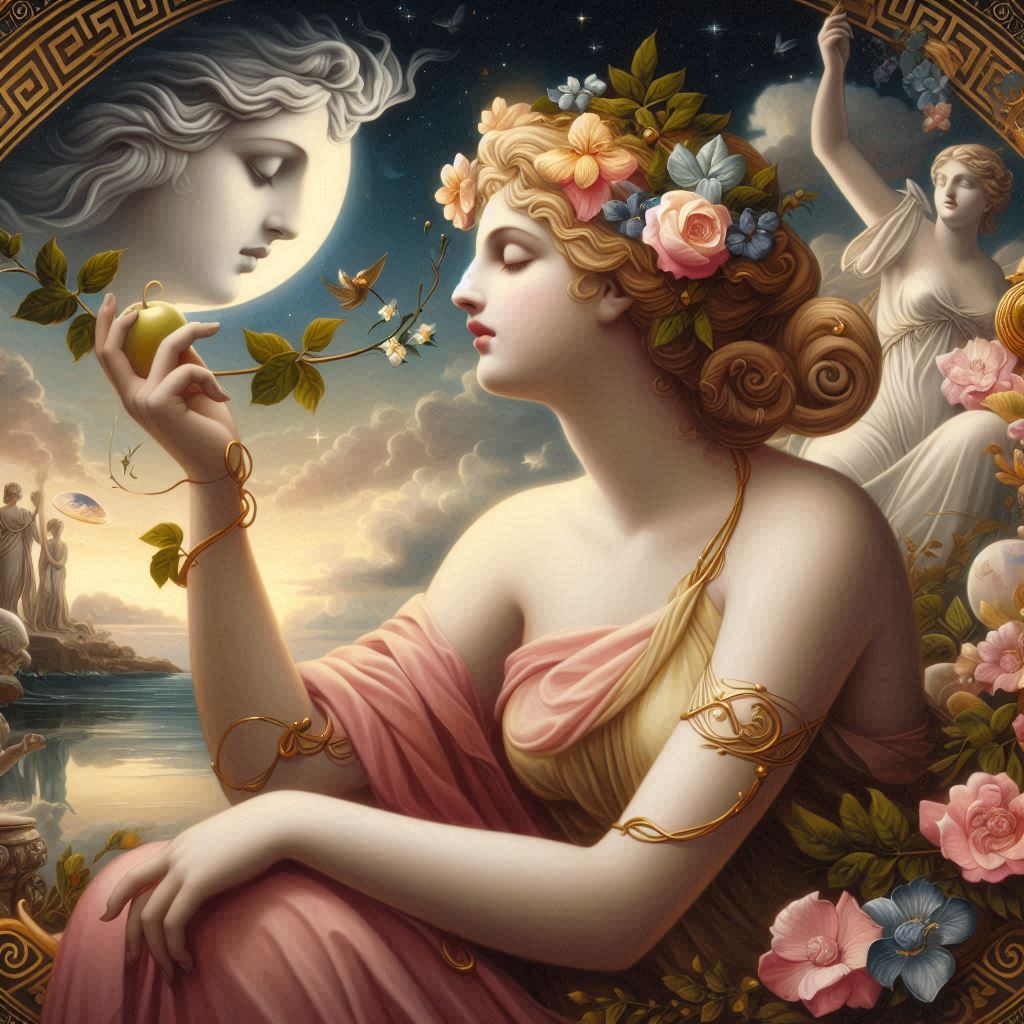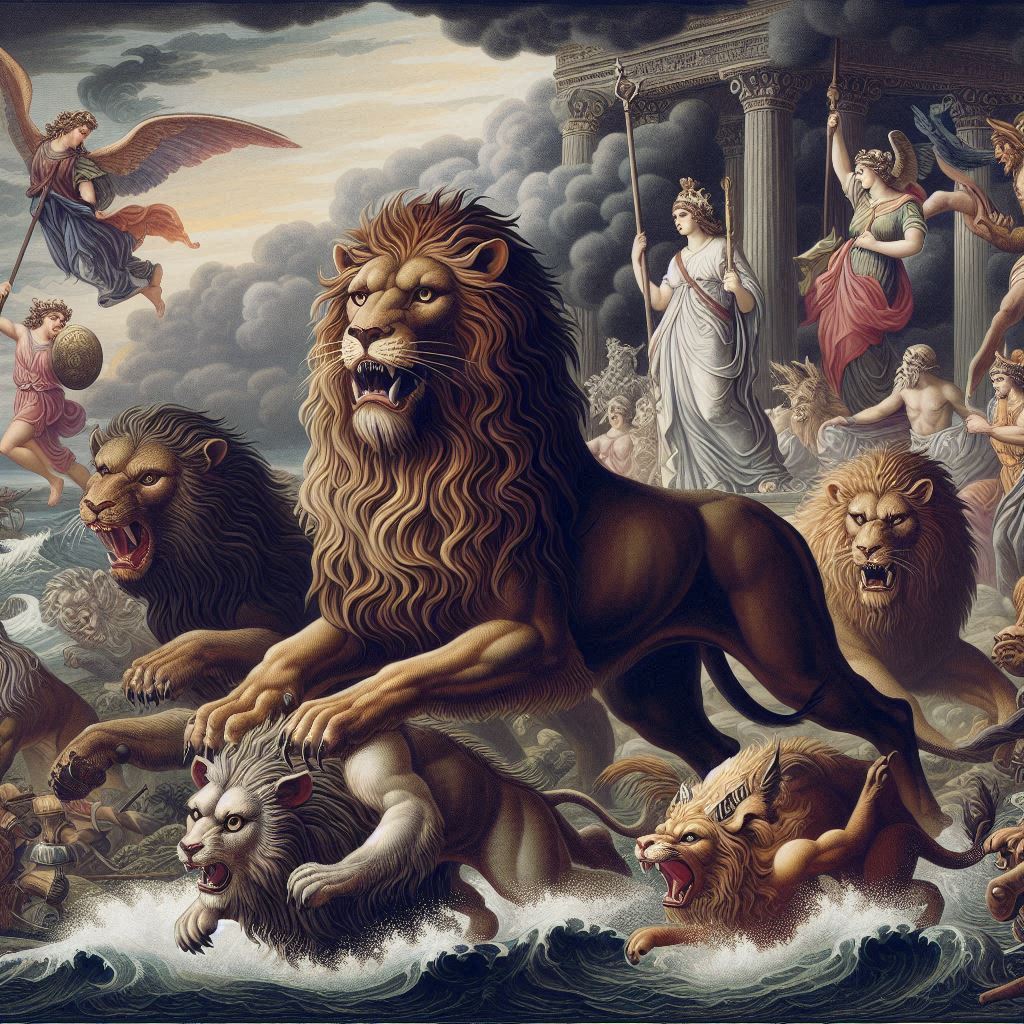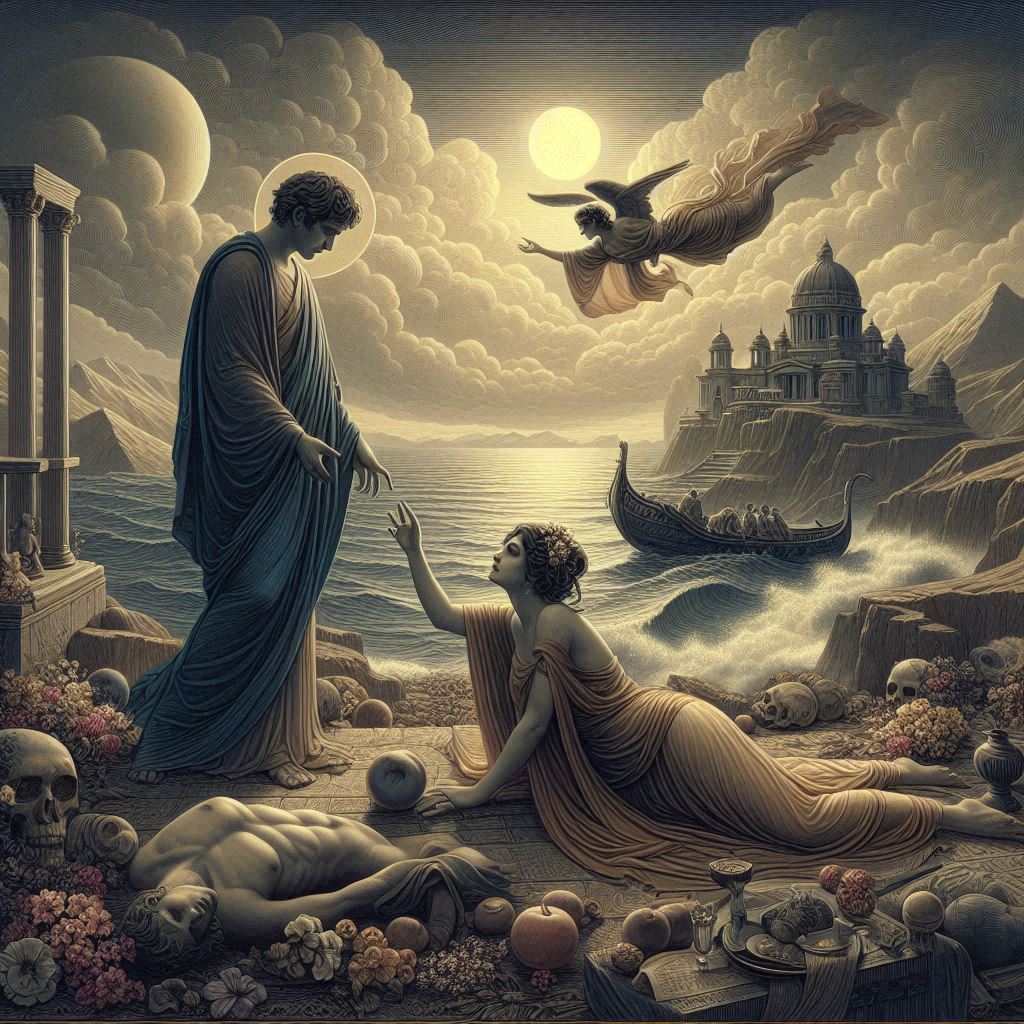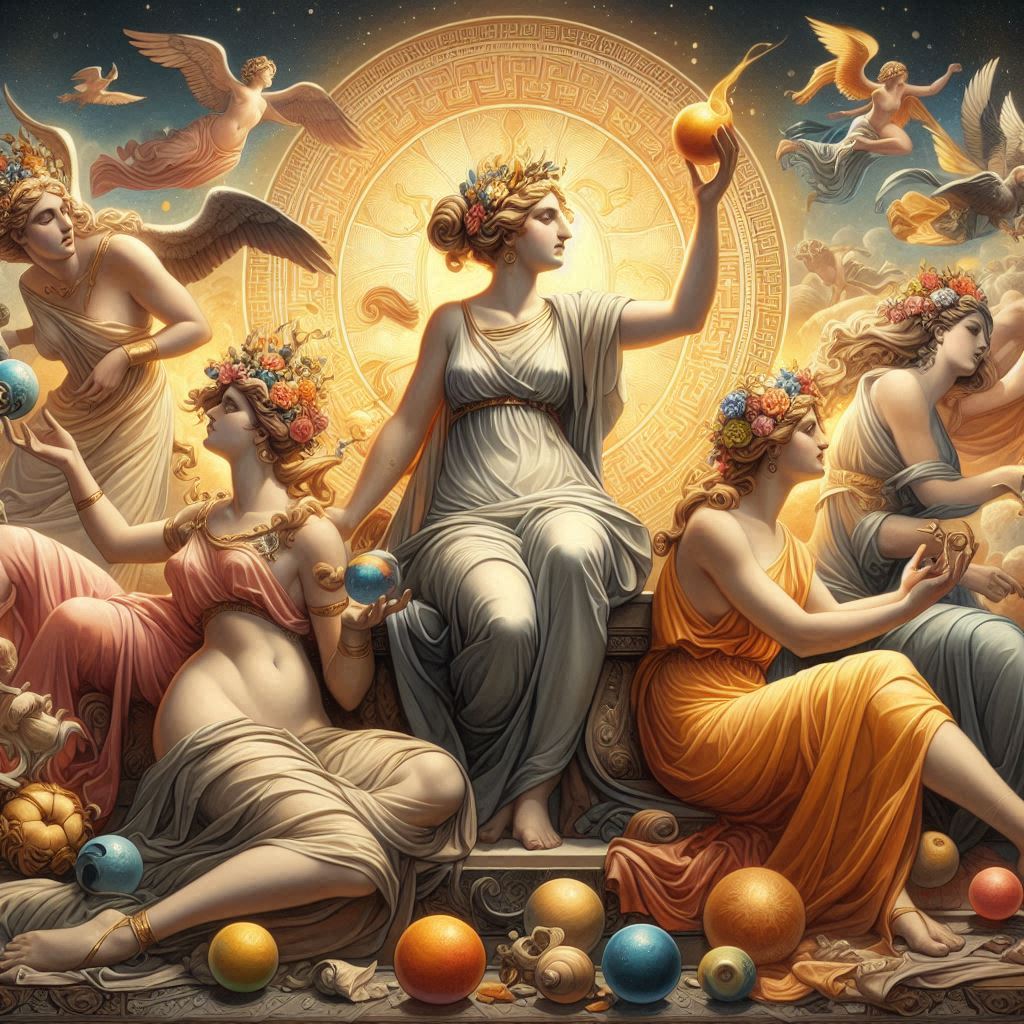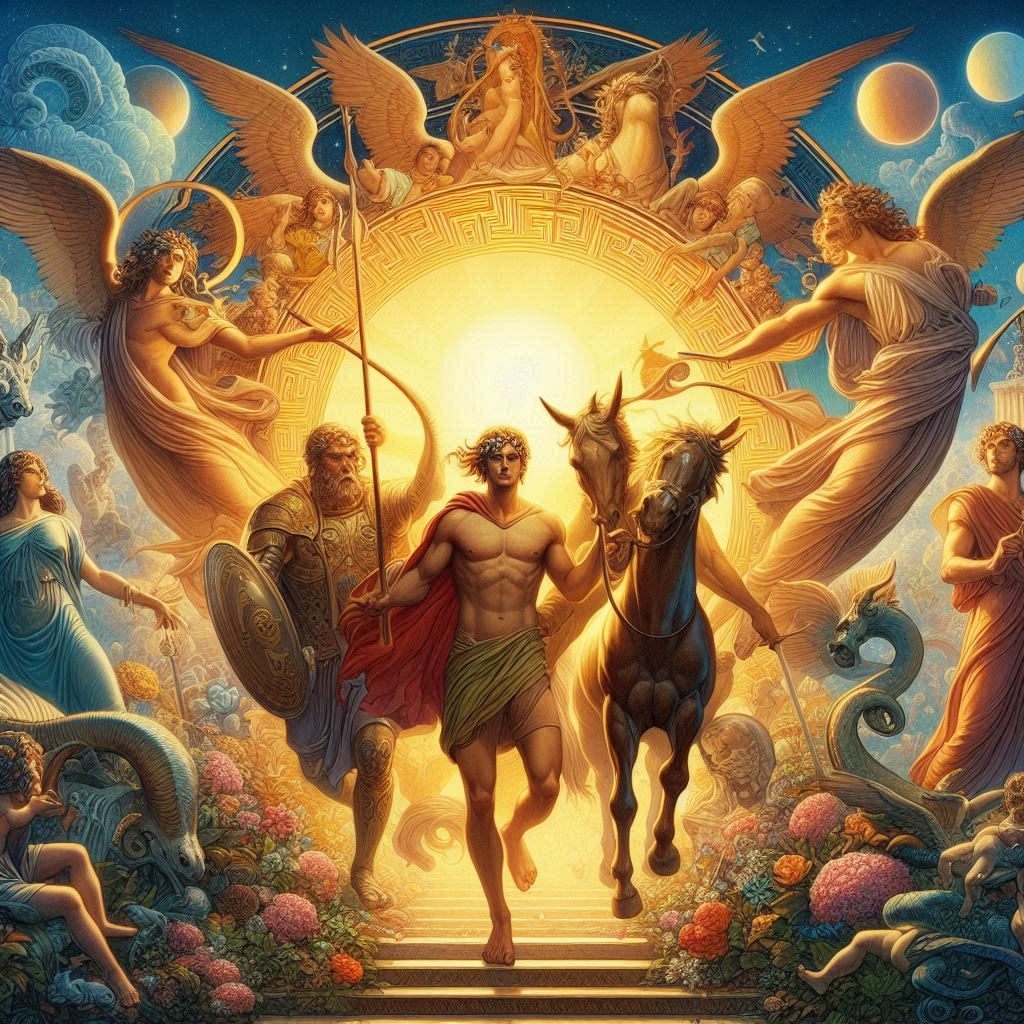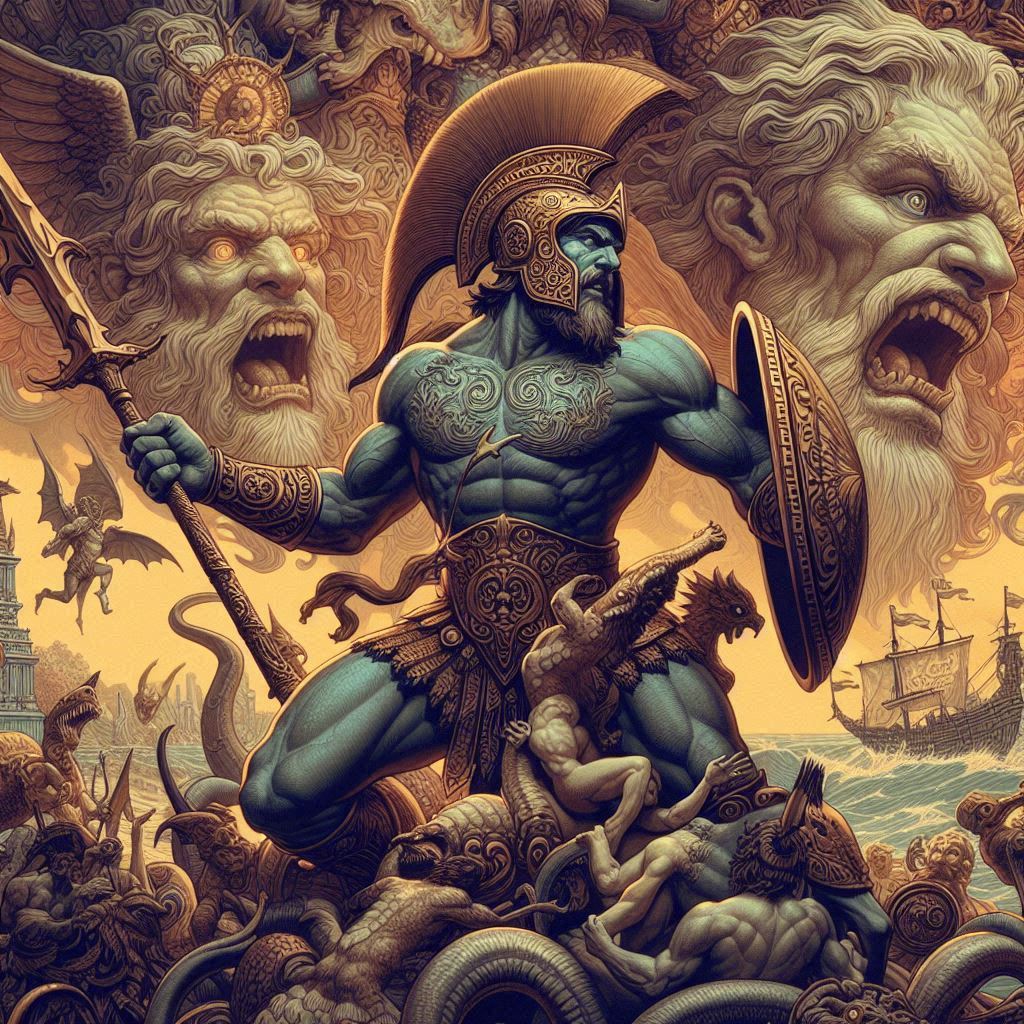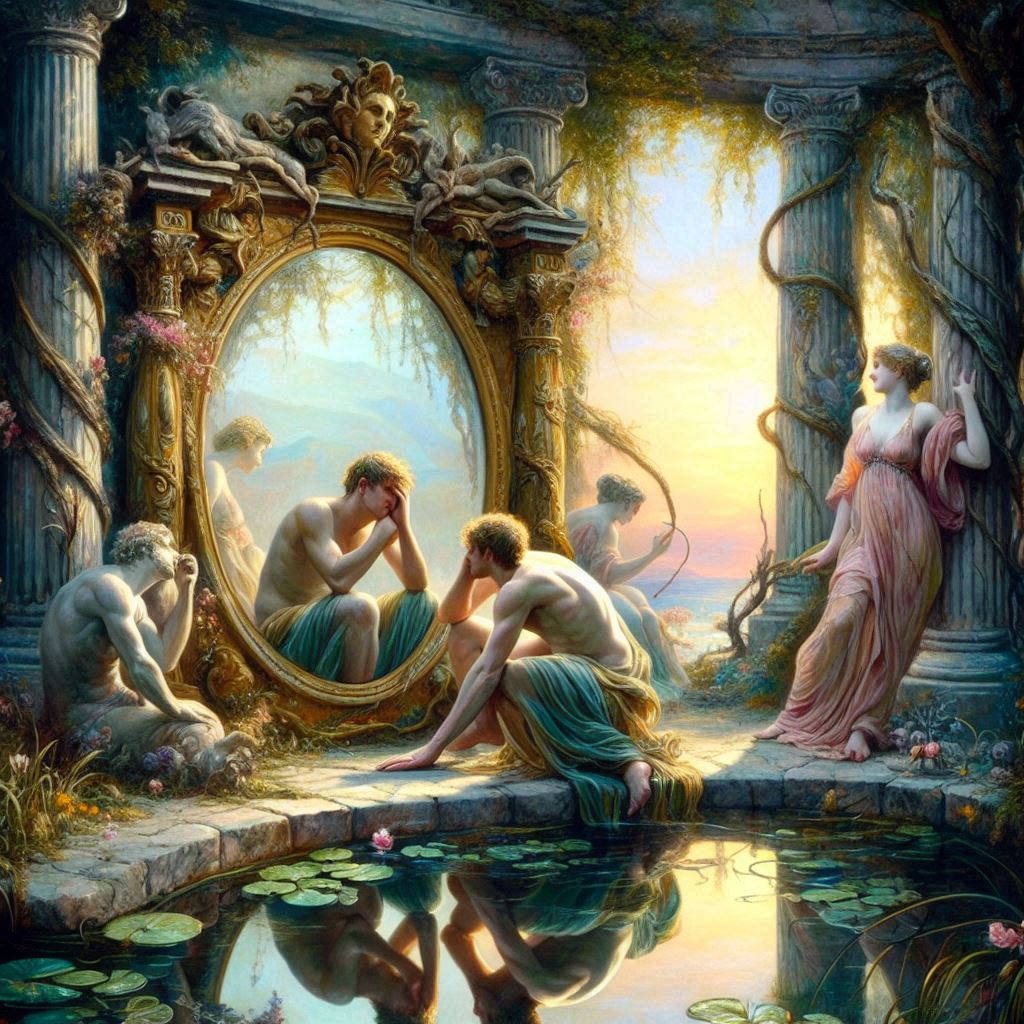In Greek mythology, the Muses are renowned as the goddesses of inspiration, creativity, and the arts, playing a pivotal role in the cultural and artistic achievements of ancient Greece. Revered by poets, musicians, artists, and scholars alike, the Muses embody the essence of artistic inspiration and intellectual pursuit, serving as muses and guides to those who seek to create, innovate, and express themselves through various forms of art and knowledge.
The Muses are traditionally depicted as nine sisters, daughters of Zeus, the king of the gods, and Mnemosyne, the goddess of memory. Each Muse is associated with a particular domain of the arts and sciences, inspiring and nurturing creativity in their respective fields. The names and attributes of the Muses vary in different traditions and sources, but the most commonly recognized Muses and their domains are as follows:
- Calliope – The Muse of epic poetry and eloquence.
- Clio – The Muse of history and storytelling.
- Erato – The Muse of lyric poetry and love poetry.
- Euterpe – The Muse of music, song, and flute playing.
- Melpomene – The Muse of tragedy and dramatic poetry.
- Polyhymnia – The Muse of sacred hymns, dance, and meditation.
- Terpsichore – The Muse of dance, choral poetry, and the lyre.
- Thalia – The Muse of comedy and bucolic poetry.
- Urania – The Muse of astronomy and celestial poetry.
Each Muse brings her unique gifts and influences to the creative and intellectual realms, inspiring mortals to achieve greatness and express themselves through art, literature, music, dance, and scientific inquiry. The Muses are often depicted as graceful and ethereal beings, adorned with symbols of their domains, such as musical instruments, scrolls, and celestial motifs.
The mythology surrounding the Muses is intertwined with the cultural and intellectual achievements of ancient Greece, as they were believed to bestow divine inspiration upon poets, musicians, and artists who invoked their names and sought their favor. The Muses were patrons of the arts, fostering creativity, innovation, and excellence in all forms of human expression.
One of the most famous myths involving the Muses is the story of their rivalry with the Sirens, mythical creatures known for their enchanting songs that lured sailors to their doom. According to legend, the Muses challenged the Sirens to a musical contest, seeking to prove their superiority in the realms of art and inspiration.
The contest between the Muses and the Sirens is a symbolic battle between the uplifting and transformative power of artistic inspiration (embodied by the Muses) and the seductive allure of temptation and destruction (represented by the Sirens). The Muses emerge victorious, showcasing the transcendent and life-affirming nature of creativity and artistic expression.
The Muses’ influence extends beyond the realm of art and literature to encompass philosophy, science, and intellectual inquiry. Philosophers, scientists, and scholars throughout history have invoked the Muses’ names and sought their inspiration in the pursuit of knowledge, wisdom, and understanding of the natural world.
In Greek mythology, the Muses are also associated with Mount Helicon, a sacred mountain in Boeotia believed to be their dwelling place and a source of divine inspiration. The Muses’ presence on Mount Helicon, along with other sacred sites such as Mount Parnassus and Mount Olympus, underscores their significance as divine patrons of creativity and intellectual endeavor.
The Muses’ influence and symbolism have transcended ancient Greek mythology to become enduring motifs in art, literature, and culture worldwide. Artists, writers, musicians, and thinkers continue to invoke the Muses’ names and draw inspiration from their mythic legacy, honoring their role as guardians of creativity and the arts.
In literature, the Muses are often invoked at the beginning of epic poems, odes, and works of literature as a ritualistic homage to their role as sources of inspiration and guidance. The poet Homer, in his epic poems “The Iliad” and “The Odyssey,” calls upon the Muse of epic poetry, Calliope, to aid him in recounting the heroic deeds and adventures of gods and mortals.
Similarly, in Virgil’s epic poem “The Aeneid,” the poet invokes the Muse of history, Clio, to narrate the founding of Rome and the heroic journey of Aeneas. This tradition of invoking the Muses at the outset of literary works continues to be a symbolic gesture of respect and acknowledgment of the creative forces that shape artistic endeavors.
In music, the concept of musehood and inspiration is central to the creative process for composers, songwriters, and musicians. The idea of being “inspired by the Muse” implies a deep connection to creative energies and a sense of divine guidance in the act of composing or performing music.
The Muses’ influence in music is evident in the naming of musical genres and terms derived from their names, such as “melody” (from Melpomene), “elegy” (from Erato), and “terpsichorean” (related to dance and Terpsichore). Composers and musicians often pay homage to the Muses through musical compositions, dedications, and references to mythological themes in their works.
In visual arts, the Muses are a recurring motif in paintings, sculptures, and artistic representations that celebrate the creative spirit and the pursuit of artistic excellence. Renaissance artists, in particular, drew inspiration from classical mythology and portrayed the Muses as divine muses and embodiments of artistic inspiration.
Famous artworks depicting the Muses include Raphael’s “Parnassus,” which features the Muses alongside Apollo and other mythological figures on Mount Parnassus, symbolizing the arts and intellectual pursuits. Similarly, Jean-Baptiste Mallet’s painting “The Muses Urania and Calliope” portrays two of the Muses in a contemplative and inspirational pose, reflecting their role as patrons of creativity and knowledge.
The Muses’ legacy and symbolism extend to modern times, where they continue to inspire artists, writers, musicians, and creators across various disciplines. The concept of being “touched by the Muse” or experiencing a “moment of inspiration” reflects the enduring belief in the Muses’ influence on human creativity and the artistic process.
